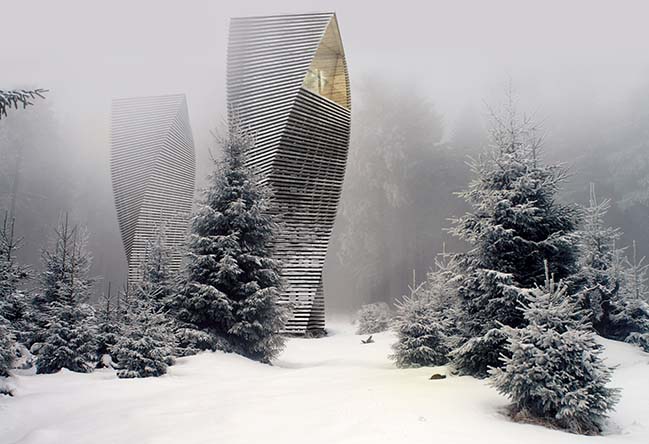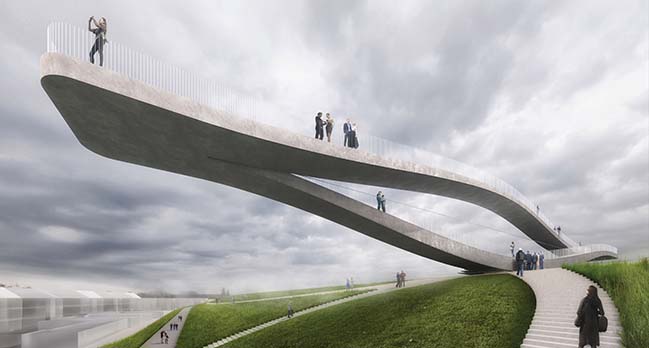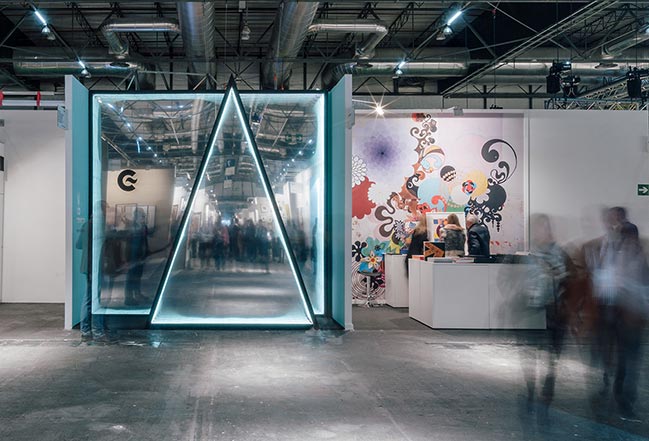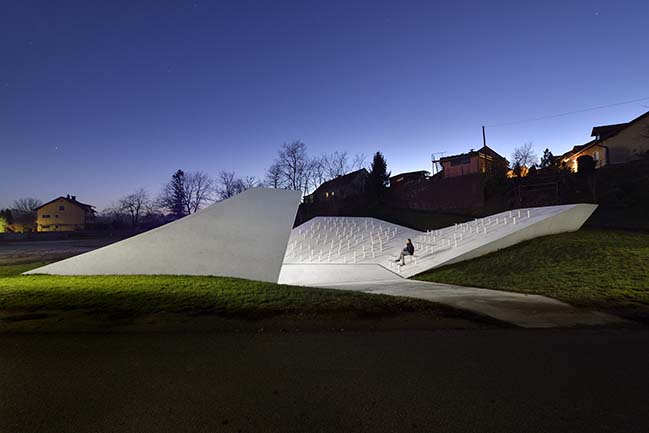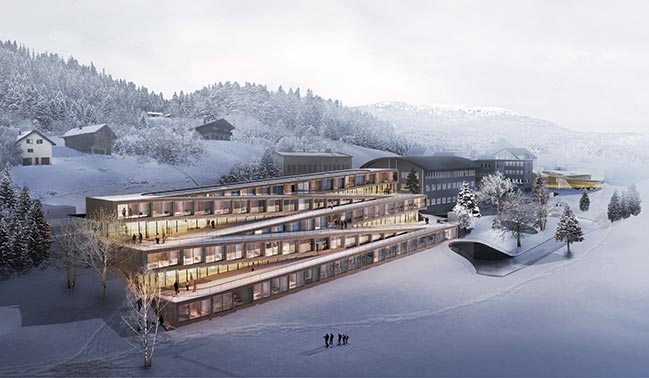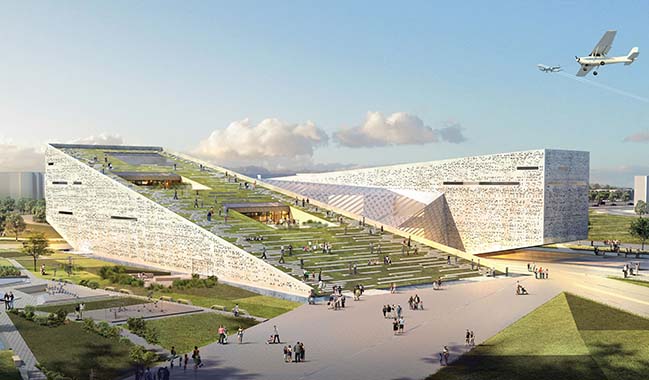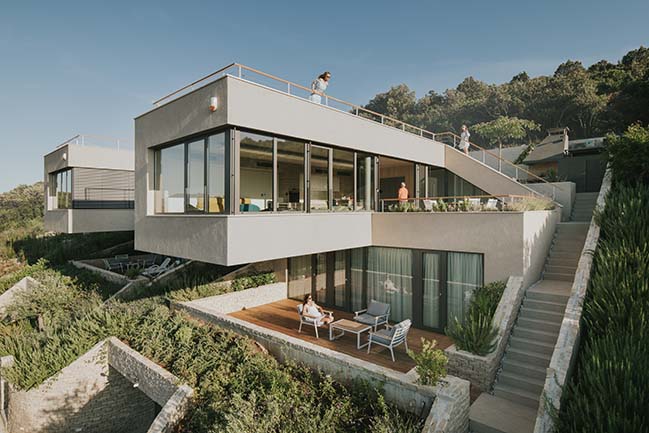04 / 15
2018
One of North America’s largest public transportation projects, the Réseau Express Métropolitain (REM) will transform the Greater Montreal Region public transport experience with some of the nation’s most inspiring, meaningful and transformative architecture and design.
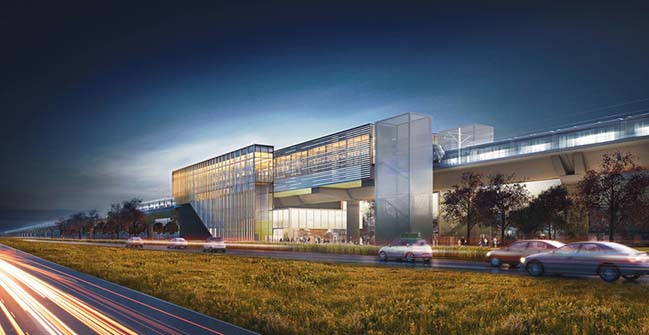
Award-winning firms Lemay, Perkins+Will and Bisson Fortin will design an integrated, sustainable system of light-rail train stations, woven into urban, industrial and natural landscapes, as part of NouvLR General Partnership's recently won contract for the 67-kilometre network.
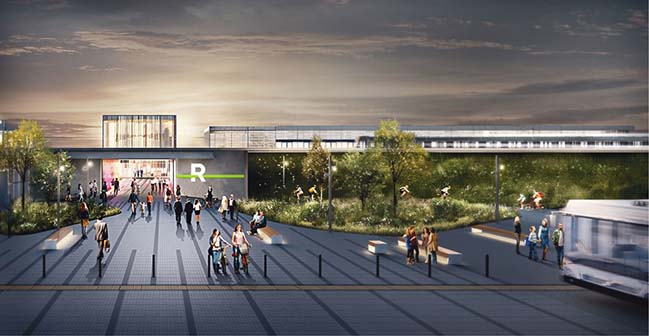
"Our team drew on its boundless creativity and acute sensitivity to practical, social and environmental issues to produce this exceptional result," said Daniel Arbour, Partner and lead for the REM project at Lemay. "This is the largest integrated urban design project in the history of Montreal, and CDPQ Infra was instrumental in its commitment to design excellence in the face of complexity."
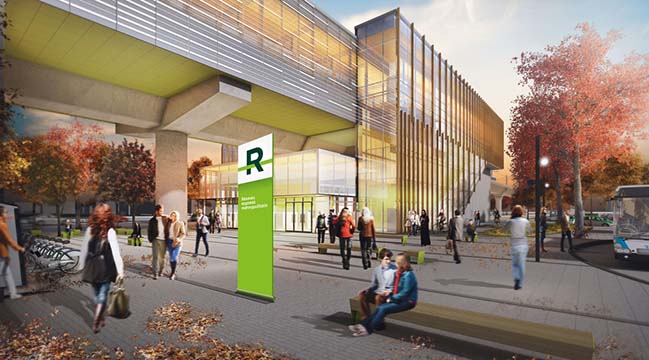
The network will connect Montréal-Trudeau International Airport with Montreal’s downtown core as well as the south and north shores of the Greater Montreal Region. The REM’s goal is to bring efficient, sustainable mobility options to Greater Montreal citizens. Construction is set to begin in April 2018.
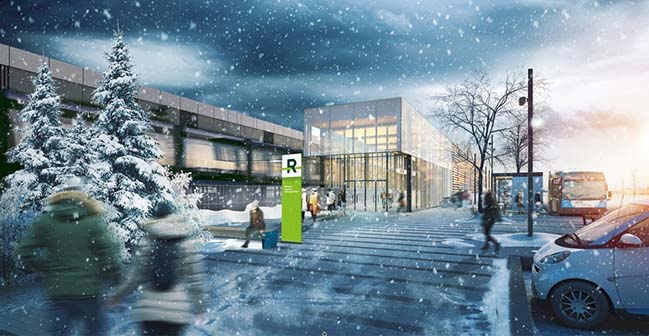
"The REM is a reflection of the same innovation and ingenuity that has made Montreal one of the world’s leading cultural and economic centres,” said Jeff Doble, Principal at Perkins+Will. “It’s an honour to be involved in a design that approaches infrastructure as a cultural and influential amenity, with the goal of improving the quality of life for citizens, enhancing experiences for visitors, and ensuring long-term economic value for the entire region."
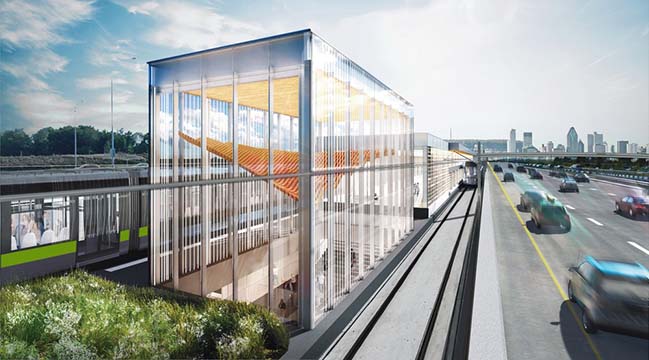
Design Concept and Symbolism
Founded on transparency, the stations’ design incorporates ample glazing, maximizing daylight, enhancing security and facilitating wayfinding. It also optimizes the visual connection between the stations, the railway cars and their environment.
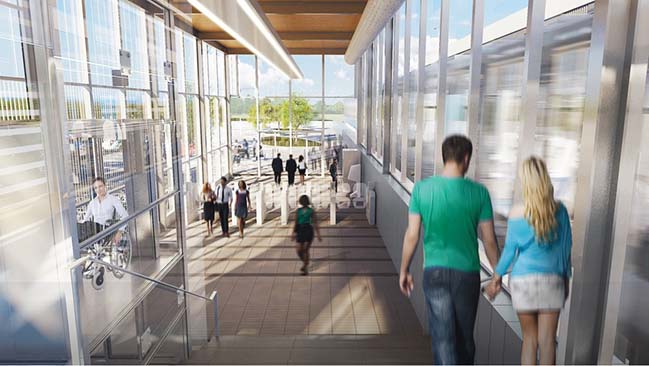
The key element of identity is addressed on several levels. The integration of local character was immediately deemed paramount, while also incorporating unifying design elements to create an overarching network signature. An example is the use of wood in every station’s ceiling, which adds warmth and aesthetic continuity while celebrating the historic importance of Quebec’s wood industry. The areas surrounding each station will become sustainable, biodiverse ecosystems, connected by the REM route as part of an exemplary, green urban continuum.
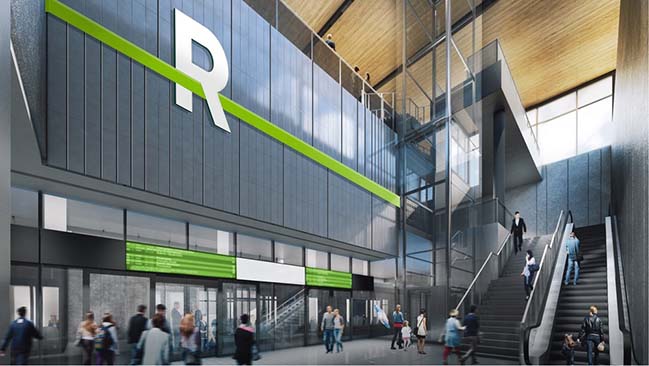
Additionally, the multimodal network will seamlessly support pedestrian, cyclist and bus access —and, in three locations, metro access.
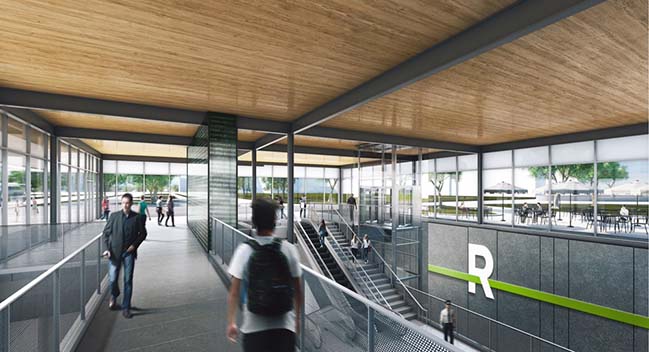
Design Efficiency and Value
Each REM train station was designed to be built as a unique configuration of shared modular components. These innovative, pre-fabricated components will allow for easy, efficient, and environmentally sustainable construction, as well as cost-effective customization to account for local context, topology, and geography. Moreover, this “kit of parts” approach ensures that while each station has its own look and feel, it still reflects the unified brand aesthetic of the entire REM network.
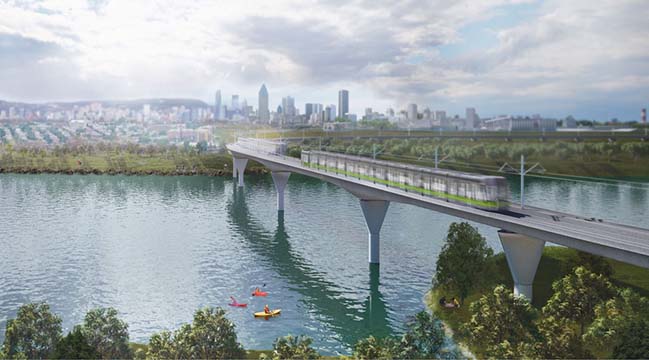
Integrating architecture, urban design and landscape architecture, the consortium developed the concept as a user-centred, sustainable design aiming to elevate public transport in the Greater Montreal Region through user experience and efficiency.
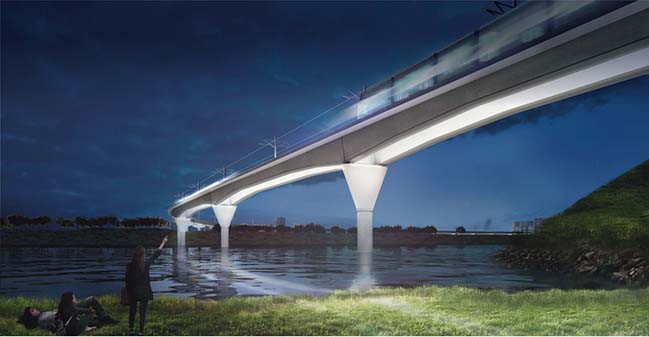
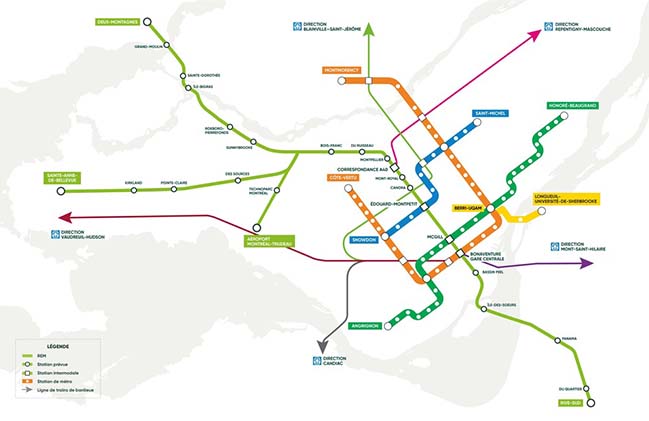
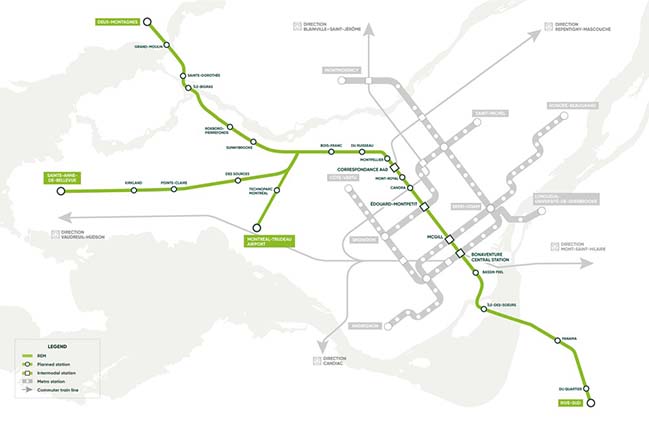
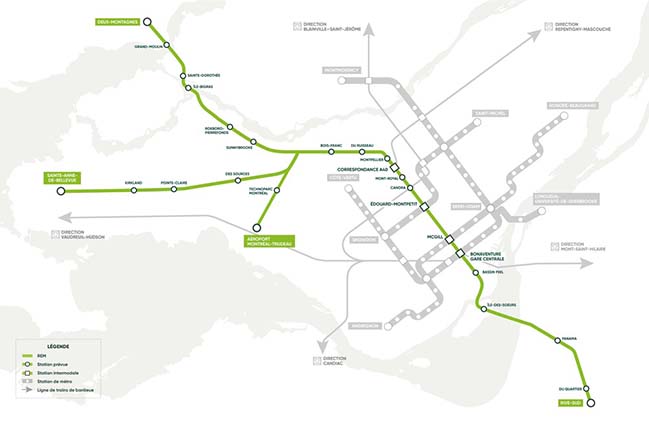
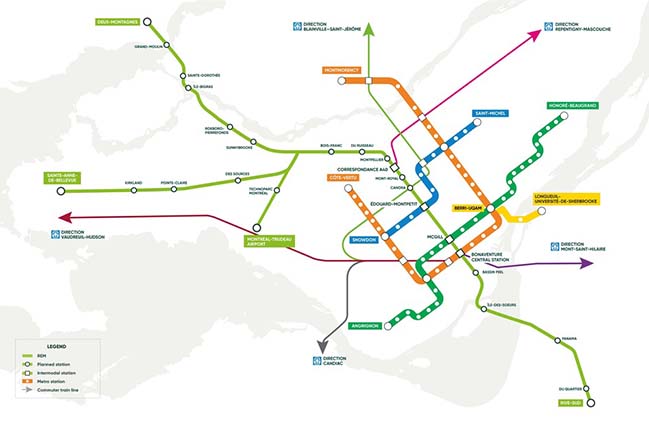
> Canada tallest building by Foster + Partners
> Concordia University's new Webster Library in Montreal
REM Architectural and Landscape Concept to transform Greater Montreal Cityscape
04 / 15 / 2018 Lemay Perkins+Will Bisson Fortin consortium delivers exceptional architecture and design for Montreal’s Réseau Express Métropolitain (REM)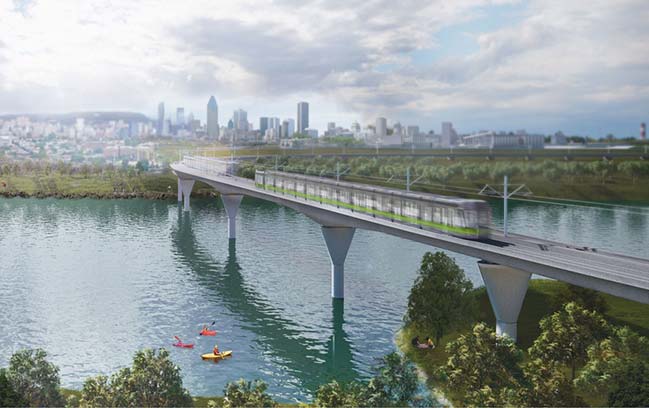
You might also like:
Recommended post: TINEL: Vacation Houses by SODAarhitekti
